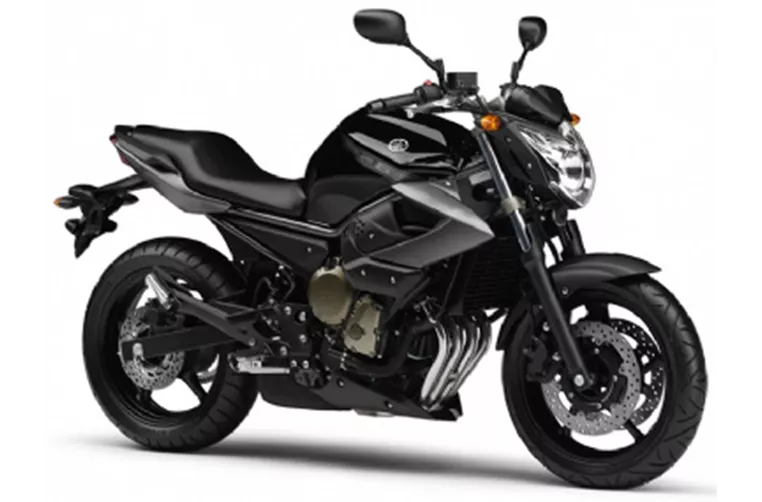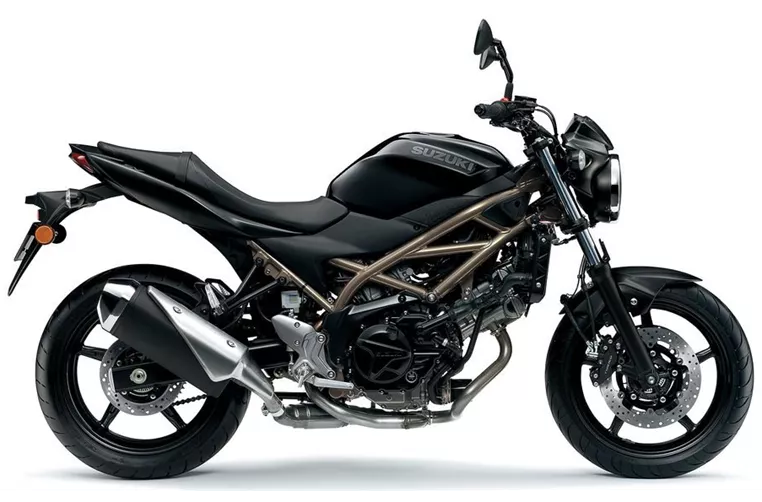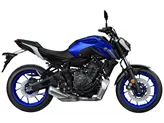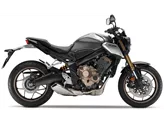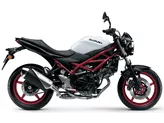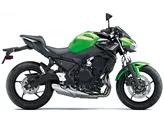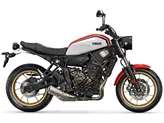Yamaha XJ6 2009 vs. Suzuki SV 650 2021

Yamaha XJ6 2009
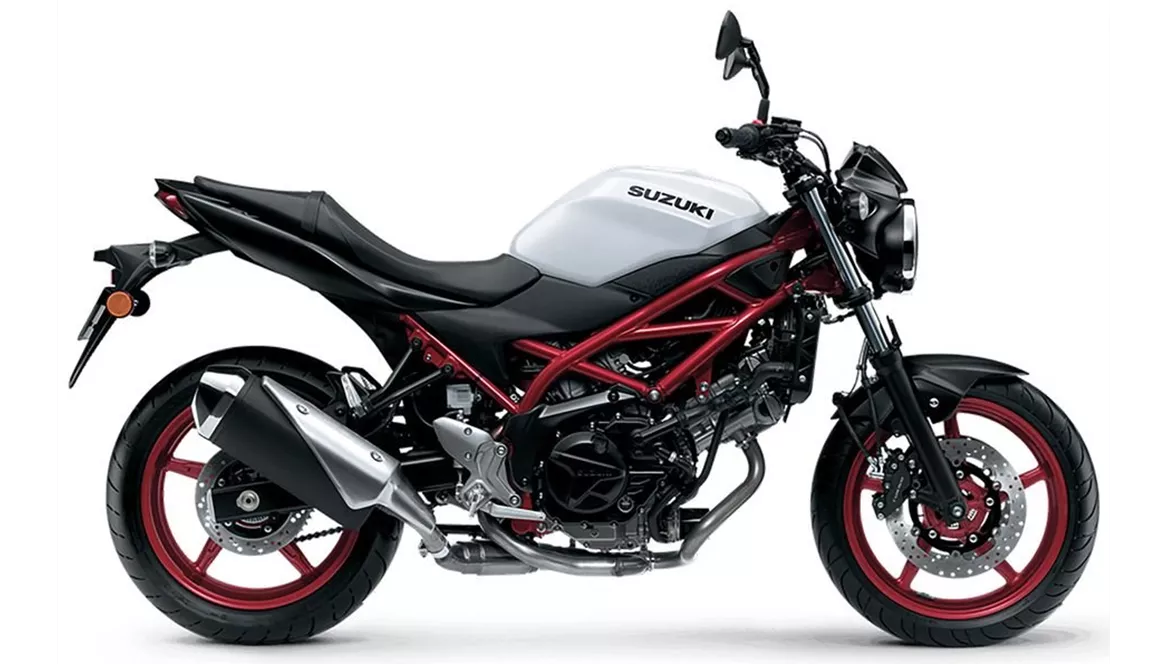
Suzuki SV 650 2021
Přehled - Yamaha XJ6 2009 vs Suzuki SV 650 2021
The Yamaha XJ6 2009 and the Suzuki SV 650 2021 are both naked bikes that offer a thrilling riding experience. While they have some similarities in terms of their technical specifications, they also have distinct differences that set them apart.
Starting with the Yamaha XJ6 2009, it is equipped with a 600cc, 4-cylinder engine that delivers 78 horsepower and 59.7 Nm of torque. The engine is liquid-cooled, ensuring optimal performance even during extended rides. The XJ6 features a steel frame with a double cradle design, providing stability and durability. It also comes with a telescopic fork front suspension, double disk brakes at the front, and 17-inch diameter tires both at the front and rear. The wheelbase is 1440 mm, and the seat height is 785 mm. With a fuel tank capacity of 17.3 liters, the XJ6 offers a decent range for longer rides.
In terms of strengths, the Yamaha XJ6 2009 is known for its rider-friendly performance characteristics. The engine power and torque provide a thrilling acceleration, while the optimal clutch ensures smooth gear shifts. The bike also offers playful and lighter handling, making it easy to maneuver in various riding conditions. The seat comfort is another advantage, allowing for long hours of riding without discomfort. Additionally, the XJ6 has an individual look that appeals to younger riders, with an aggressive and high-quality design.

Yamaha XJ6 2009
However, the Yamaha XJ6 2009 does have some weaknesses. The design components may not be as demanding or visually appealing compared to some other models in its class. Additionally, the torque development may not be as linear or smooth as desired by some riders.
Moving on to the Suzuki SV 650 2021, it is powered by a 645cc, 2-cylinder engine that produces 73 horsepower and 64 Nm of torque. Similar to the XJ6, it has a liquid-cooled engine for optimal performance. The SV 650 features a steel frame with a tubular design, providing stability and strength. It also comes with a telescopic fork front suspension, double disk brakes at the front, and 17-inch diameter tires both at the front and rear. The wheelbase is slightly longer than the XJ6 at 1445 mm, and the seat height is the same at 785 mm. The fuel tank capacity is slightly smaller at 14.5 liters.
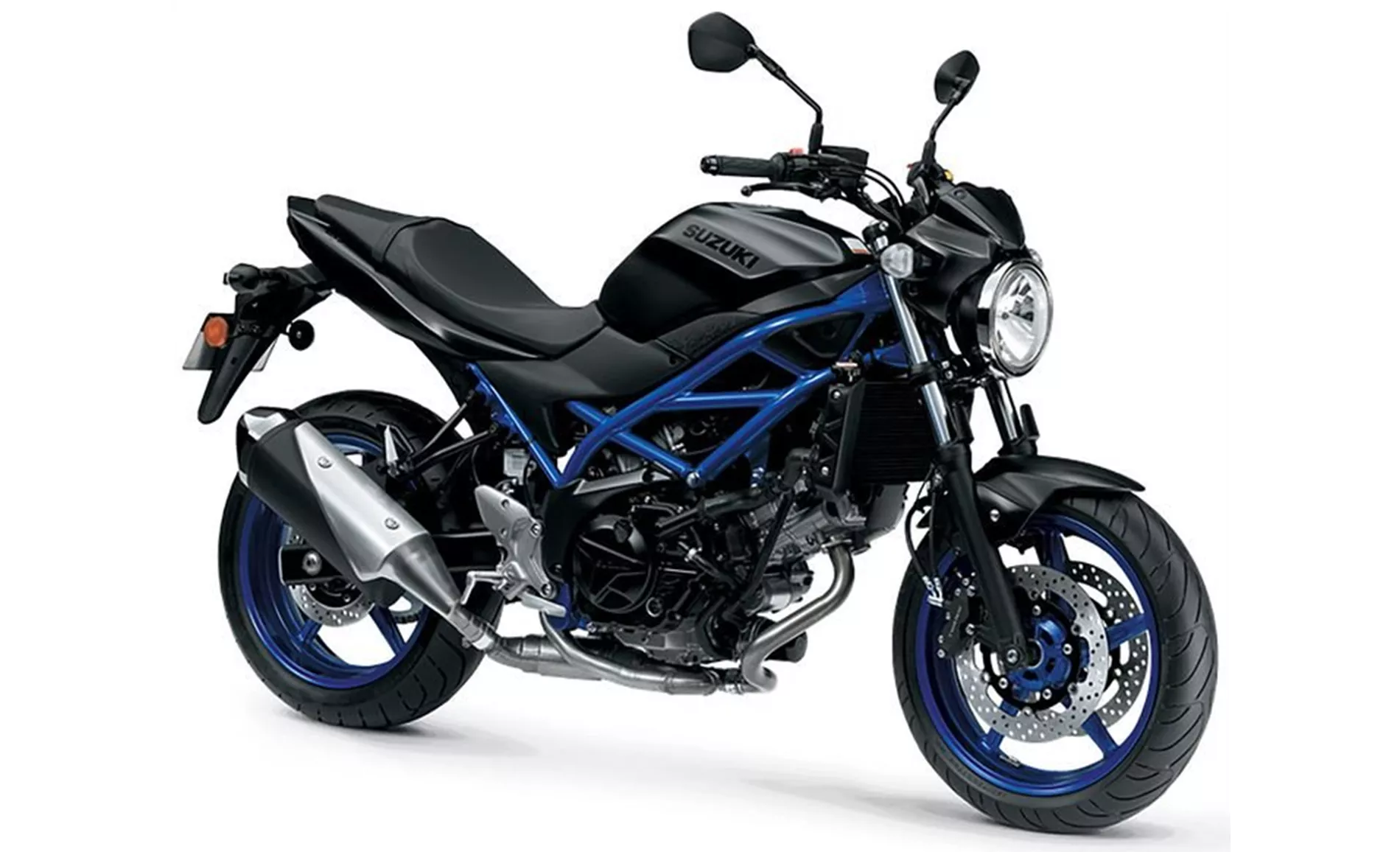
Suzuki SV 650 2021
In terms of strengths, the Suzuki SV 650 2021 is known for its confident V2 powerplant with character. The 2-cylinder engine delivers a unique and enjoyable riding experience. The stable chassis ensures a smooth and controlled ride, while the comfortable seating position allows for long hours of riding without fatigue. The bike also offers easy handling, making it suitable for riders of different skill levels. Additionally, the SV 650 has a timeless look that appeals to riders who prefer a classic and understated design.
However, the Suzuki SV 650 2021 does have some weaknesses. The brake system may require manual force, which could be a disadvantage for riders who prefer a more responsive braking experience. Additionally, the bike does not have many electronics on board apart from ABS, which may be a drawback for riders who prefer advanced features. Lastly, the instruments on the SV 650 are moderately readable, which could be improved for better visibility while riding.
In conclusion, both the Yamaha XJ6 2009 and the Suzuki SV 650 2021 offer exciting riding experiences with their unique strengths and weaknesses. The XJ6 stands out with its rider-friendly performance, seat comfort, and aggressive design, while the SV 650 impresses with its V2 powerplant, stable chassis, and timeless look. Ultimately, the choice between these two bikes will depend on the rider's preferences and priorities.
Technické údaje Yamaha XJ6 2009 ve srovnání s Suzuki SV 650 2021
Výhody a nevýhody ve srovnání
Výhody a nevýhody ve srovnání
Yamaha XJ6 2009
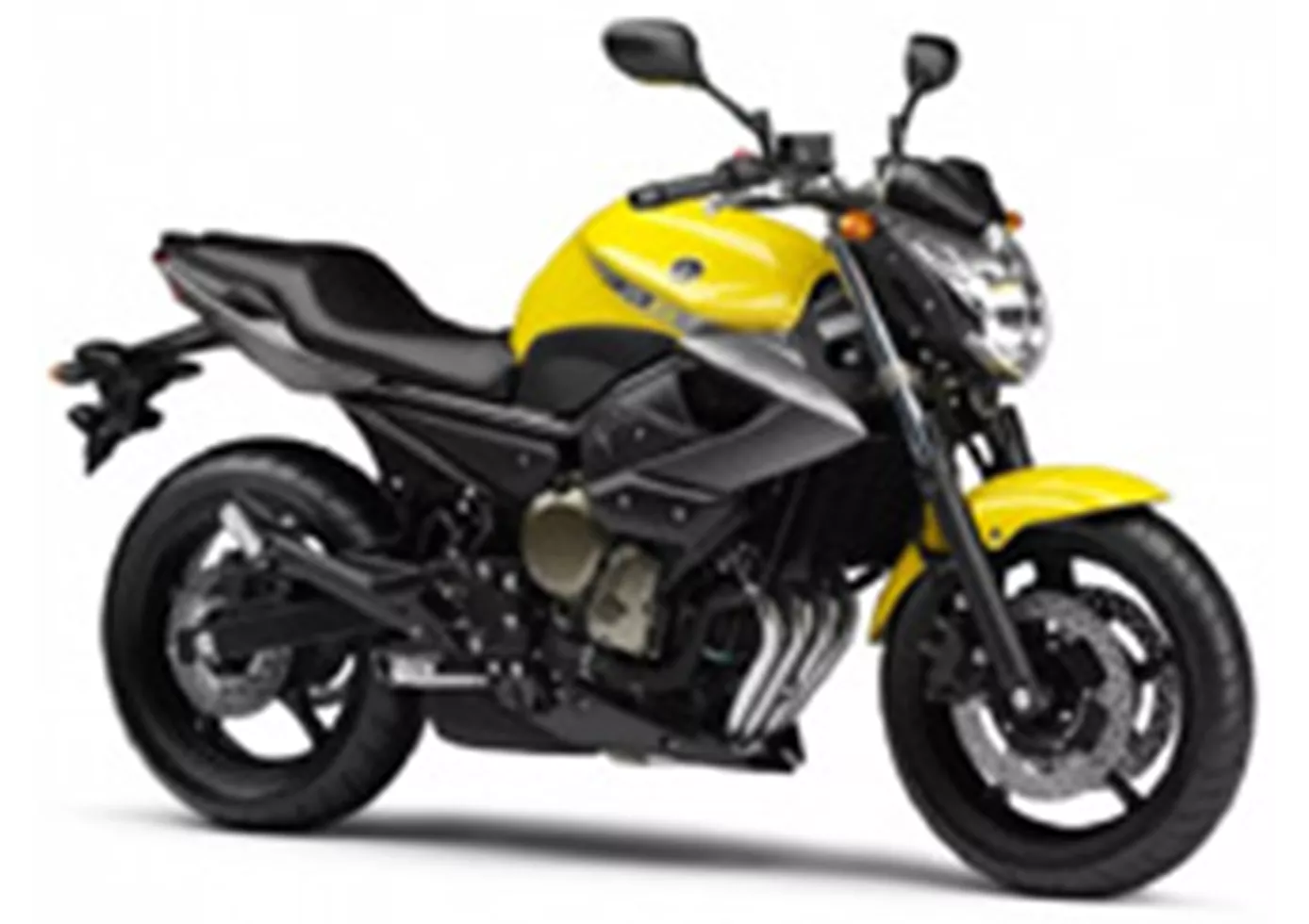
Navzdory společnému základu působí XJ mnohem mladším a agresivnějším dojmem. Motocykl střední třídy, který v žádném případě nevyvolává pocit střední třídy. Až na kyvnou vidlici působí motocykl poměrně kvalitně a chladně. Motocykl se ovládá o něco snadněji než Diversion.
Suzuki SV 650 2021
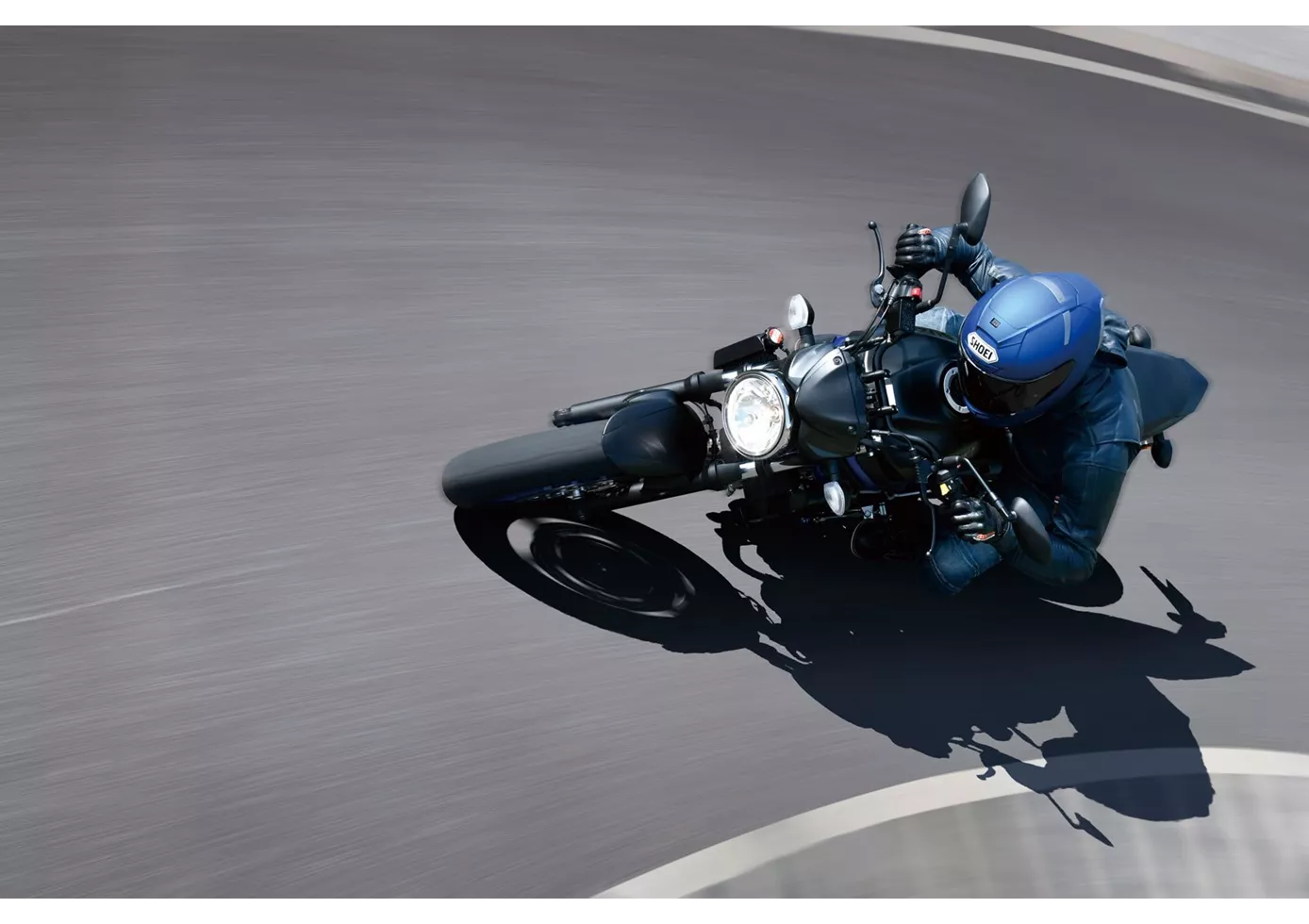
Na Suzuki SV 650 se toho v porovnání s jeho předchůdcem před pěti lety příliš nezměnilo. Motor byl aktualizován na normu Euro5 a je nyní ještě vyspělejší, což dokonale ladí se zbytkem balíčku. SV 650 nechce nikoho vyděsit, zejména ne začátečníky. Podvozek působí solidním, neagresivním dojmem, brzdy vyžadují hodně manuální síly, aby nedošlo k nečekanému přebrzdění. Vzhled je na jednu stranu nadčasový, ale na druhou stranu některé komponenty jsou opravdu trochu zastaralé. Na druhou stranu je cena férová, jak je u Suzuki zvykem.
Srovnání cen průměrná tržní cena Yamaha XJ6 vs Suzuki SV 650
There are a few key differences between a Yamaha XJ6 2009 and a Suzuki SV 650 2021. In terms of price, the actual average price of a Suzuki SV 650 2021 is about 40% higher. A Yamaha XJ6 2009 experiences a loss of 200 USD in one year and 20 USD in two years of ownership. This is offset by a loss of 130 USD and 520 USD for a Suzuki SV 650 2021. Compared to Suzuki SV 650 2021 there are less Yamaha XJ6 2009 bikes available on the 1000PS.de Marketplace, specifically 6 compared to 13. It takes less time to sell a Yamaha XJ6 with 31 days compared to 111 days for a Suzuki SV 650. Since model year 2009 1000PS.de editors have written 4 reviews for the Yamaha XJ6 and 25 reviews for the Suzuki SV 650 since model year 2005. The first review for the Yamaha XJ6 was published on 11/13/2008 and now has more than 21,900 views. This compares to more than 14,200 views for the first review on Suzuki SV 650 published on 9/26/2008.
